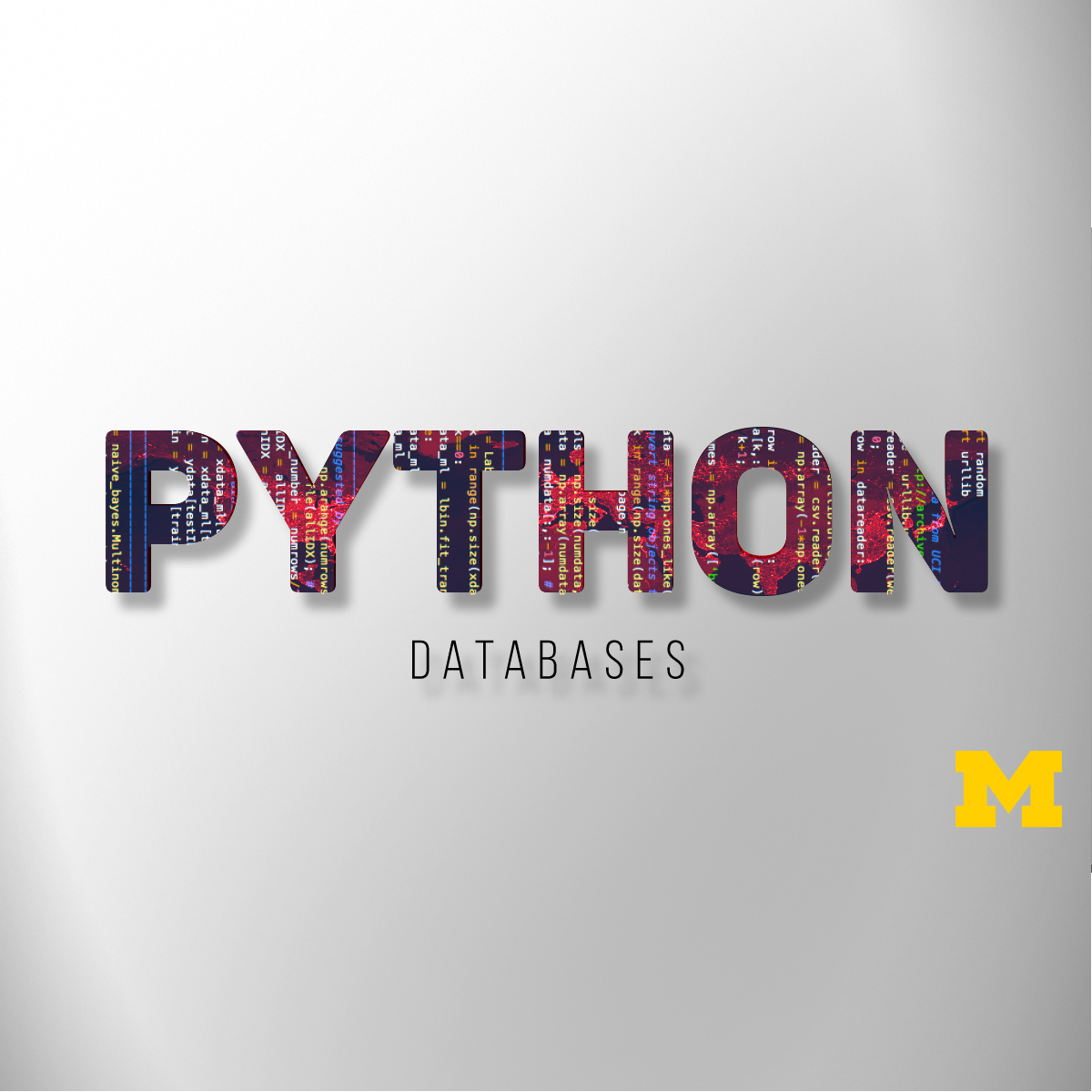Introduction to Data Science in Python Online Course Overview
Introduction to Data Science in Python course by Coursera will introduce the learner to the basics of the python programming environment, including fundamental python programming techniques such as lambdas, reading and manipulating CSV files, and the NumPy library. The course will introduce data manipulation and cleaning techniques using the popular python pandas data science library and introduce the abstraction of the Series and DataFrame as the central data structures for data analysis, along with tutorials on how to use functions such as groupby, merge, and pivot tables effectively. By the end of this course, students will be able to take tabular data, clean it, manipulate it, and run basic inferential statistical analyses.
This course should be taken before any of the other Applied Data Science with Python courses: Applied Plotting, Charting & Data Representation in Python, Applied Machine Learning in Python, Applied Text Mining in Python, Applied Social Network Analysis in Python.
WHAT YOU WILL LEARN
- Understand techniques such as lambdas and manipulating CSV files
- Describe common Python functionality and features used for data science
- Query DataFrame structures for cleaning and processing
- Explain distributions, sampling, and t-tests
Course Syllabus
WEEK 1
In this week you’ll get an introduction to the field of data science, review common Python functionality and features which data scientists use, and be introduced to the Coursera Jupyter Notebook for the lectures. All of the course information on grading, prerequisites, and expectations are on the course syllabus, and you can find more information about the Jupyter Notebooks on our Course Resources page.
WEEK 2
In this week of the course, you’ll learn the fundamentals of one of the most important toolkits Python has for data cleaning and processing — pandas. You’ll learn how to read in data into DataFrame structures, how to query these structures and the details about such structures that are indexed. The module ends with a programming assignment and a discussion question.
WEEK 3
In this week you’ll deepen your understanding of the python pandas library by learning how to merge DataFrames, generate summary tables, group data into logical pieces, and manipulate dates. We’ll also refresh your understanding of scales of data, and discuss issues with creating metrics for analysis. The weekends with a more significant programming assignment.
WEEK 4
In this week of the course, you’ll be introduced to a variety of statistical techniques such as distributions, sampling, and t-tests. The majority of the week will be dedicated to your course project, where you’ll engage in a real-world data cleaning activity and provide evidence for (or against!) a given hypothesis. This project is suitable for a data science portfolio and will test your knowledge of cleaning, merging, manipulating, and test for significance in data. The weekends with two discussions of science and the rise of the fourth paradigm — data-driven discovery.
Teacher
- Christopher Brooks
- Kevyn Collins-Thompson
- Daniel Romero
- V. G. Vinod Vydiswaran








Reviews
There are no reviews yet.